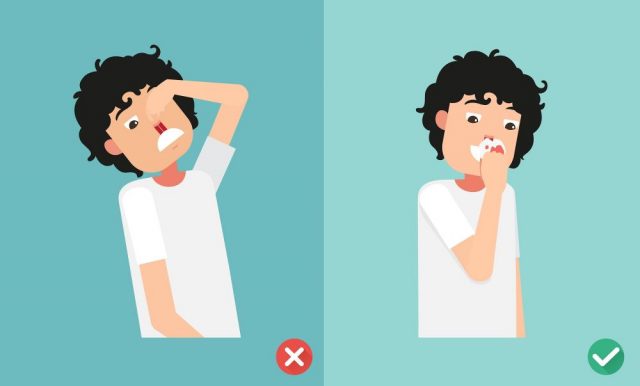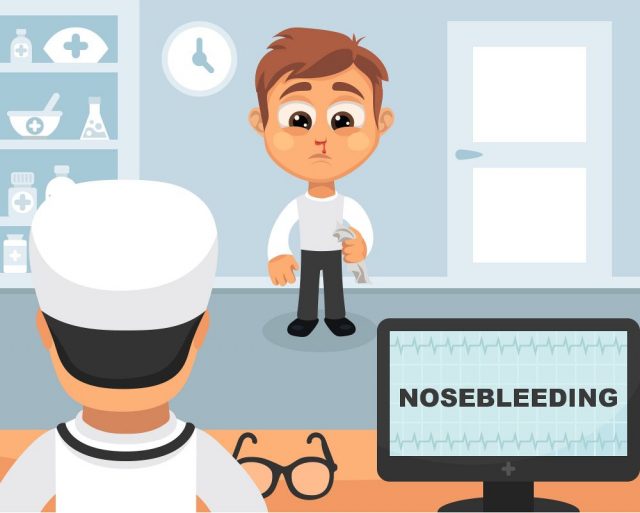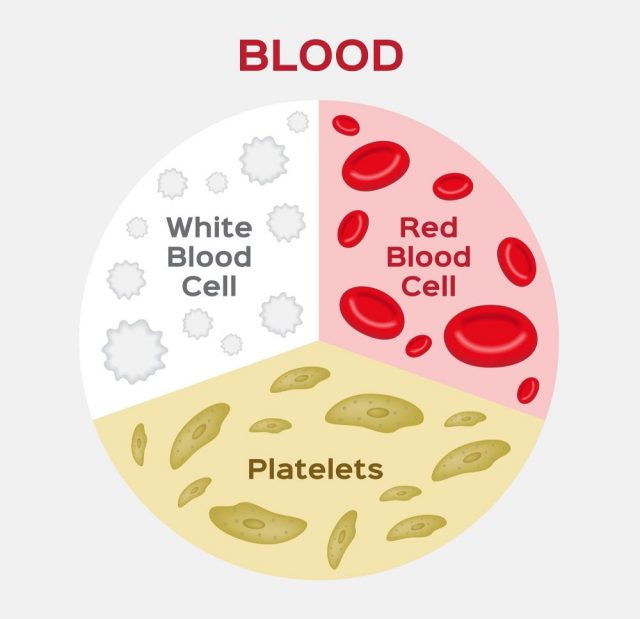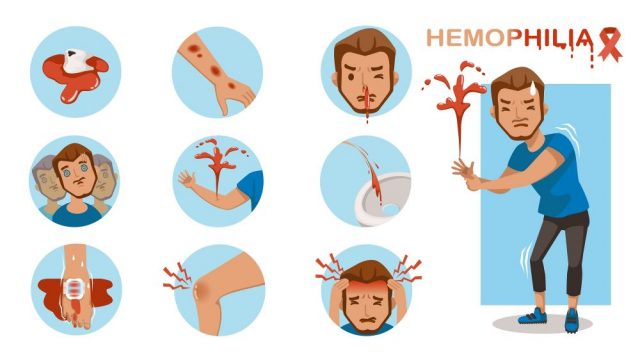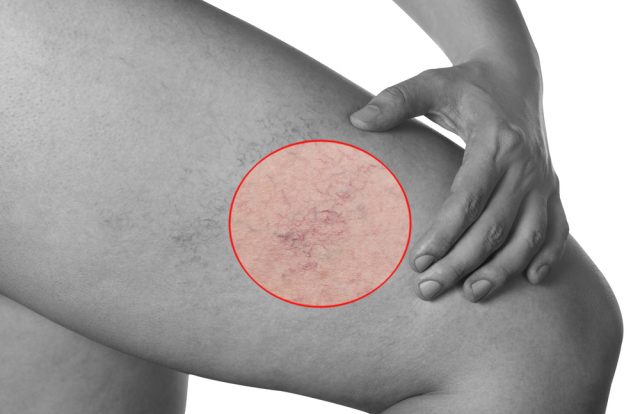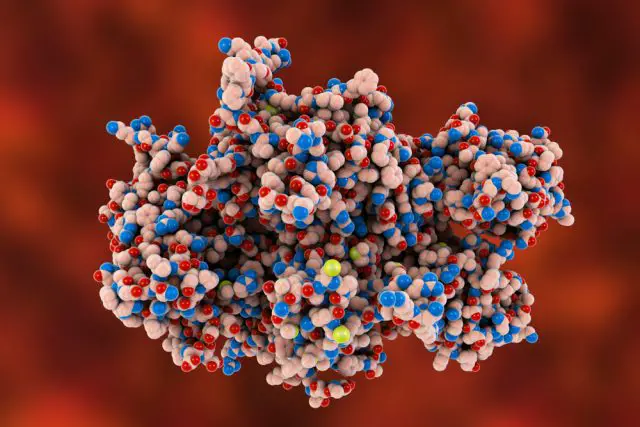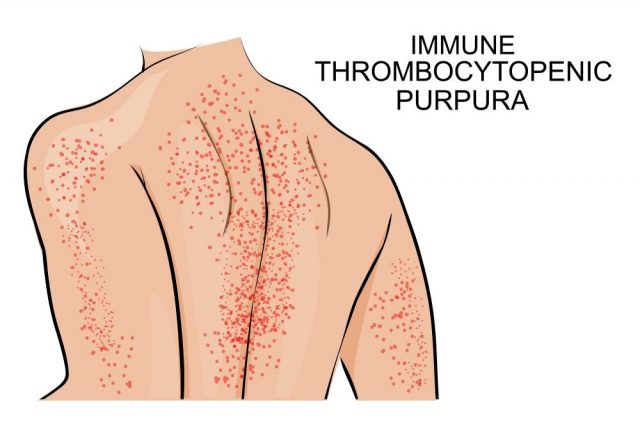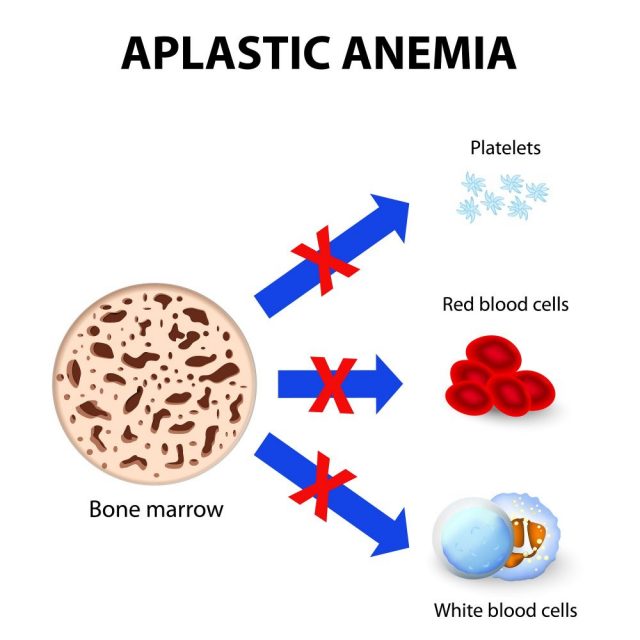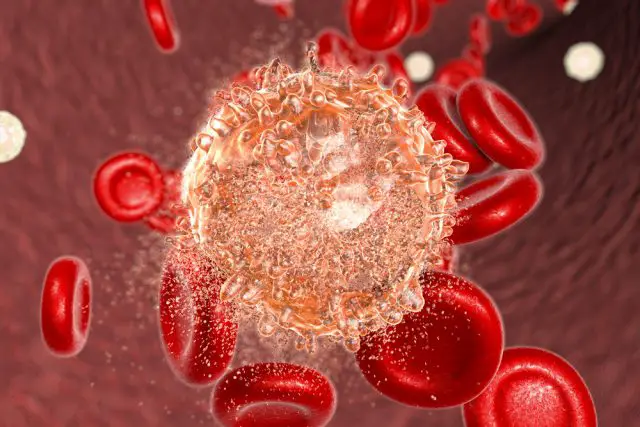Diseases That Cause Bloody Noses
Nosebleeds can be scary, but they aren’t usually a cause for concern. The nasal tissue is fairly sensitive to the atmosphere and foreign irritants. This means that your nose can bleed when it’s too dry out or if you’ve accidentally rubbed your nose too hard. If it happens randomly and not too often, you don’t have anything to be worried about. However, if the nosebleeds seem constant and frequent, there may be an underlying medical cause. That may be something concerning, depending on the culprit.
Here is a short list of the possible causes of a nosebleed:
- Allergies or nasal sprays
- Bleeding disorders or anticoagulant medications
- Caffeine (in high quantities)
- Common cold
- Deviated septum
- Drug use (esp. cocaine)
- Dry atmosphere
- Foreign substances
- Irritants
- Nonallergic rhinitis
- Sinusitis (in any form)
- Trauma in the area
As you can see, these are typical issues that may arise in your day to day life. Sinusitis may actually cause constant nosebleeds if you have a chronic case. Even if you do have chronic sinusitis, constant nosebleeds may become annoying, more than anything. You’ll still want to talk to your doctor about the possibility of reducing this issue. There may be something your doctor can prescribe to lessen the chances of random nosebleeds.
A typical nosebleed can be taken care of at home with a few simple tricks:
- Often, a nosebleed is caused by an irritation. Because of this, you should blow your nose. Do this gently to avoid causing further bleeding. This should help clear some room to breathe and remove some of the excess blood. You may even notice the blood flow slowing.
- Sit with your back straight, then slowly move towards your knees. This will prevent accidentally choking on your own blood or swallowing too much. Blood is irritating to the stomach and you should avoid ingesting any of it. This position should allow the blood to exit your body and directly hit the surface below. Use a paper towel to catch the blood or lean over a sink.
- Pinch your nose! Even if the bleeding is only on one side, it’s important to close both to avoid breathing back in the same blood. Keep your nose pinched for 10-15. In the meantime, you’ll need to breathe using your mouth. You may choose to use a nasal spray after the first 15 minutes and see if this helps. However, there is a chance this could only make it worse. So proceed with caution.
If the bleeding lasts longer than 30 minutes and the steps above aren’t helping, you’ll need to seek medical attention.
When Should Bloody Noses Become A Concern?
The medical term for a nosebleed is epistaxis and it can be a concern. Especially if you notice persistent nosebleeds or an excessive amount of blood. Now, that is generally on the list of “when you should see a doctor”. Unfortunately, that’s a vague description. Noses tend to bleed more than a typical wound, especially if there is a trauma-related cause. This won’t always indicate the need for medical attention. There are nosebleed situations that require immediate medical attention:
- Following an accident or injury
- If the bleeding lasts more than 30 minutes
- If the bleeding interferes with the ability to breathe properly
- If the nosebleed occurs in children under the age of 2
- If the bleeding is paired with dizziness or disorientation
- If nosebleeds occur frequently
If you are worried there is something abnormal about your nosebleeds, you may want to seek medical attention. You should always follow your gut instinct, even if you’re worried about the consequences. If you are wrong, your mind will be at ease. If you are right, you’ll be able to work towards a solution with your doctor.
You should also know that some of the more serious causes of bloody noses are hereditary. If someone in your family has any type of blood clotting disorder, you are going to be at a higher risk for a similar disease. You’ll want to rule out that possibility with your doctor.
Diagnosing The Cause of Epistaxis
Based on your description, there is a chance your doctor may know the most likely cause. Even still, it’s crucial to rule out the possibilities. This can be done in many ways:
- A physical exam will determine if there is any obvious obtrusion or foreign body in the nasal passage
- Blood testing can help by determining the white blood cell count (WBC) and red blood cell count (RBC) and identifying the relationship between the two in your body

- Diagnostic imaging can show if there are abnormalities in the blood vessels
Each of these tests has a unique purpose. All of them are required to further understand the cause of your nosebleeds. After all, there are serious diseases that cause bloody noses. If your doctor suspects you might have a serious issues, you may be sent for further testing.
Diseases That Cause Bloody Noses
Unfortunately, a nosebleed can also be the side-effect of many different diseases from clotting disorders to leukemia. Luckily, many clotting disorders can be easily treated through medication. Let’s take a look at some of the common causes of epistaxis:
Hemophilia
This is an inherited disorder that refers to persistent bleeding caused by the inability to form blood clots. When most people hear of blood clots, they assume the dangerous kind. However, blood clots are also what stop our wounds from bleeding and allow them to start healing. For hemophiliacs, the process is not that simple. This is because the coagulation system doesn’t function properly. Hemophiliacs can bleed for long periods of time, meaning any wound could become critical without the proper medical attention. Medications are used to limit this disease, but not eradicate it completely. Common nosebleeds are a symptom of hemophilia.
Hereditary Hemorrhagic Telangiectasia
This disease is commonly abbreviated to HHT. This in an inherited disorder referring to abnormal blood vessel formation. This means that the blood vessels are more prone to burst than they should be. This can lead to extreme bleeding and general health depletion. In patients with HHT, the blood vessels in the nose are commonly malformed. Nose bleeds caused by this particular disease often bleed more than other nose bleeds would. This helps doctors to determine the likelihood of this cause.
Von Willebrand Disease
This disease affects blood protein causing bleeding and abnormal clotting. The von Willebrand factor is low or otherwise defective, which leads to this condition. Unfortunately, this is another inherited blood disorder, so individuals with family history are at a higher risk. With this disease, spontaneous nosebleeds are relatively common.
Idiopathic Thrombocytopenic Purpura
This disorder or disease affects the blood platelets. Typically platelets circulate around the bloodstream, interacting with various factors. They help to form blood clots that stop the bleeding and begin the healing process. However, ITP decreases the number of platelets that circulate. This means that clotting is not as easy for these individuals. This leads to bleeding and bruising much more easily. With this disease, spontaneous bleeding is common. This bleeding often affects the nose and gums. If your nose bleeds are accompanied by gum bleeding, you might be looking at this disease.
Thrombotic Thrombocytopenic Purpura
This disease is very similar to ITP. However, with this disease, the cause of low platelets is slightly varied. TTP causes small blood clots to form at random. This means platelets are used up for no reason, instead of clotting when necessary. Because this disease also decreases the number of platelets, bleeding is common. Spontaneous bleeding can be especially common throughout thinned areas, such as the nose.
Aplastic Anemia
This condition is rare, but a known cause of frequent nose bleeds. Anemia is a disorder that affects many people around the world. Anemia isn’t a great cause for concern, as it simply involves a lower red blood cell count. This can often by fixed with a supplement or medication. However, aplastic anemia refers to the bone marrow completely halting the production of blood cells and the platelets. This causes frequent bleeding, especially around soft tissue, like the nasal passage. This is a very serious condition that needs to be treated as soon as possible.
Chronic Liver Disease
This disease occurs when there aren’t enough platelets circulating through the bloodstream. This disease is not inherited, so there is a chance of anyone getting CLD. Often, the bone marrow stops producing the right amount of platelets, decreasing the overall level. This can also happen as a result of the spleen using more platelets, which ultimately takes the platelets out of circulation. Since the platelets are decreased with this disease, it often results in bleeding. Adequate treatment can help to reduce the risks with CLD, but a pro-active lifestyle can help reduce the risk of CLD.
Leukemia
Many people already know what leukemia is and what causes it. If you’re not aware, it is a cancer of white blood cells.
With leukemia, the bone marrow still functions by producing blood cells and platelets. However, once released into the bloodstream, leukemia cells start to divide. They divide at such a rapid rate that they inevitably end up dominating the bone marrow completely. Ultimately, this ends up leading to a reduction in platelets being produced or circulated through the bloodstream. Along with the other diseases that affect platelets, patients are more prone to bleeding. Nose bleeds are common with leukemia.
How Are Nose Bleeds Treated?
After a diagnosis has been given, treatment options will be discussed. The type of treatment will depend on what is causing the bloody nose. A typical nosebleed will not need treatment. The bleeding will stop eventually. Simply follow the steps earlier in the article to stop the bleeding at home. If the nosebleed is caused by a burst blood vessel, which is a possibility, your doctor may want to seal it. This will involve a topical anesthetic and silver nitrate to seal the vessel.
For more serious issues, nasal packing may be required. This is another method to stop the bleeding from a nose bleed, whether it’s typical or serious. This is necessary if the bleeding is severe or will not stop. This method is similar to pinching your nose, as it applies pressure to the area that is bleeding. There are two types of nasal packing: anterior and posterior. Anterior nasal packing is fairly simple. Posterior nasal packing is not. Posterior nasal packing may need to be left in place for 72 hours and the risk of complications is fairly high. Antibiotics will be required and the patient may even be sedated.
If the methods above do not work to stop the bleeding, there is a chance surgery will be required.
Typically, a blood clotting disease is treated through a prescription and long-term support. There is no easy method to eliminate any of the blood diseases listed above.
Regardless of why you’re always getting bloody noses, you need to steer clear of any medication that affects clotting. There are over-the-counter medications for cold and flu that can reduce your ability to clot, which can cause unnecessary bleeding. Be careful and always talk to a pharmacist before taking anything.


